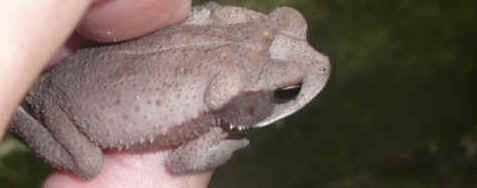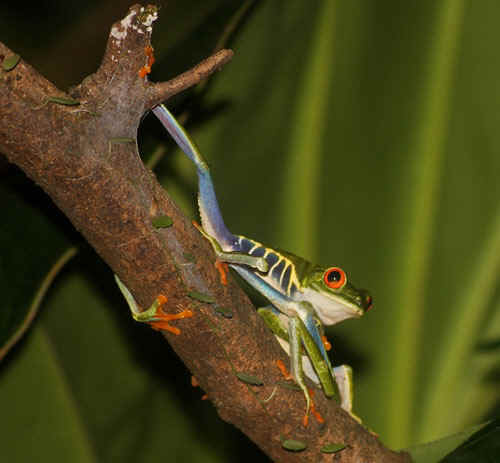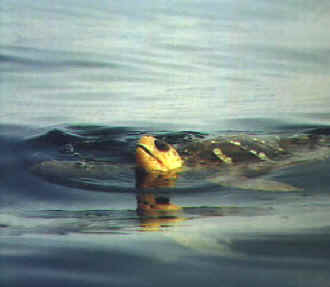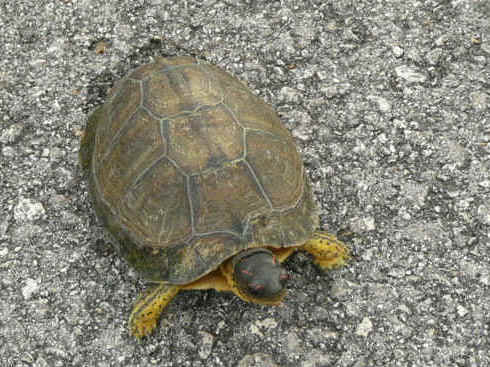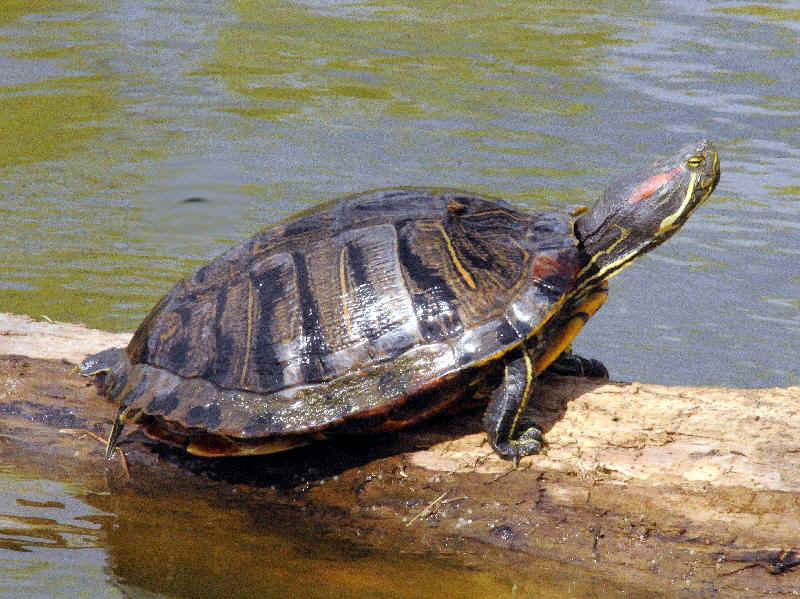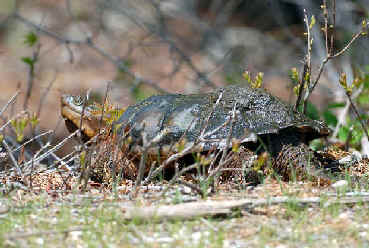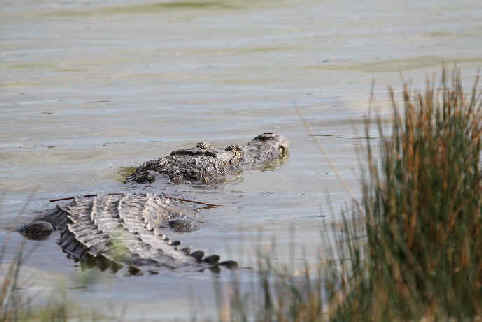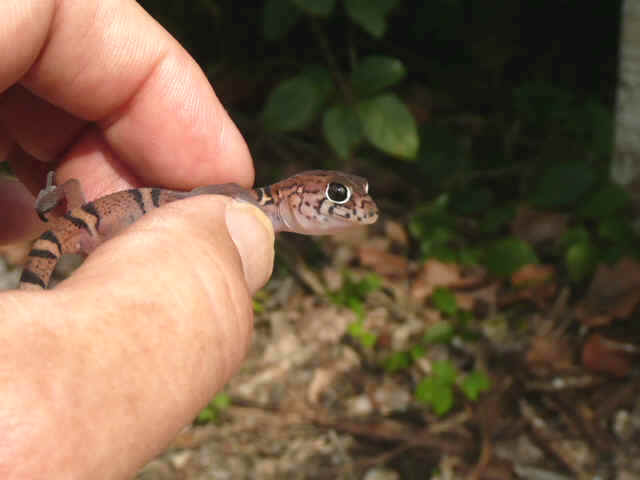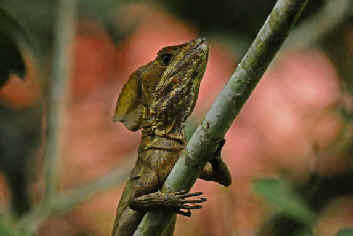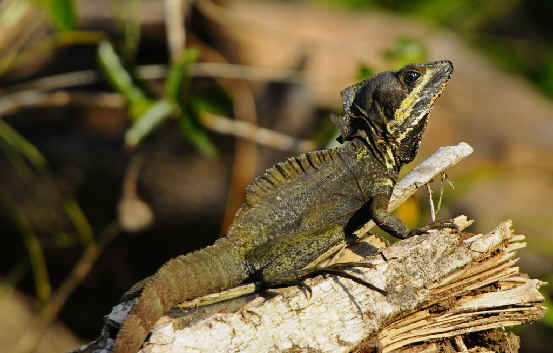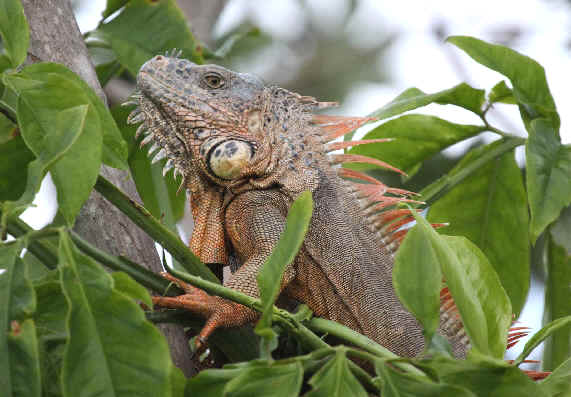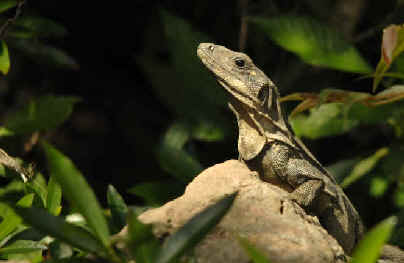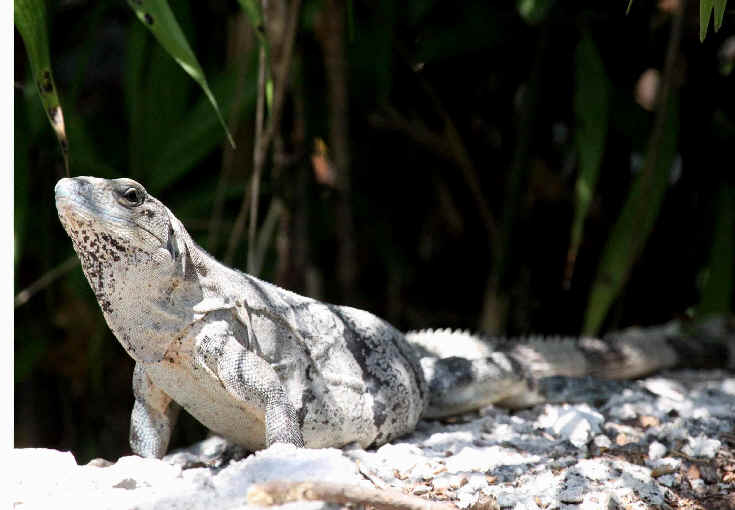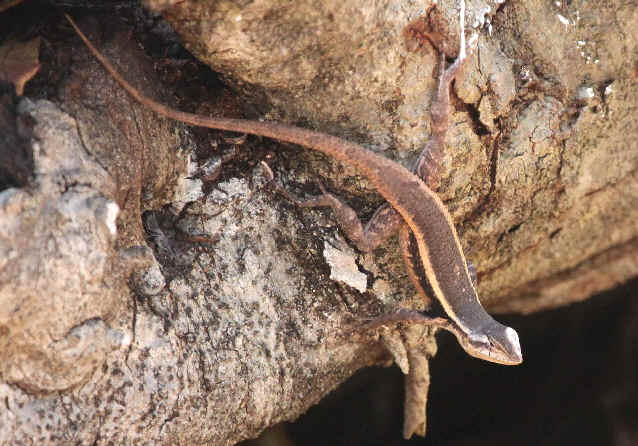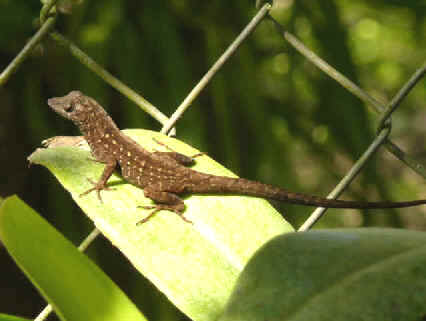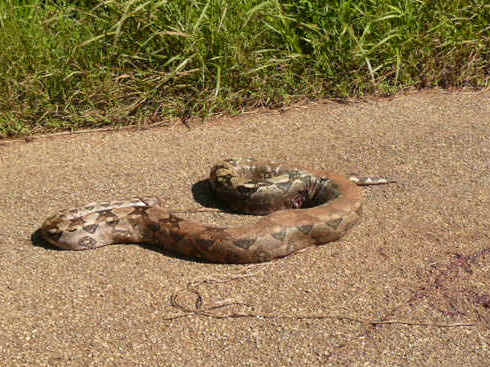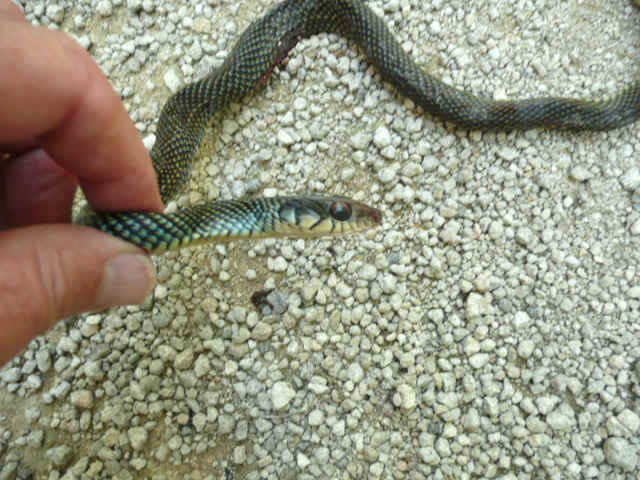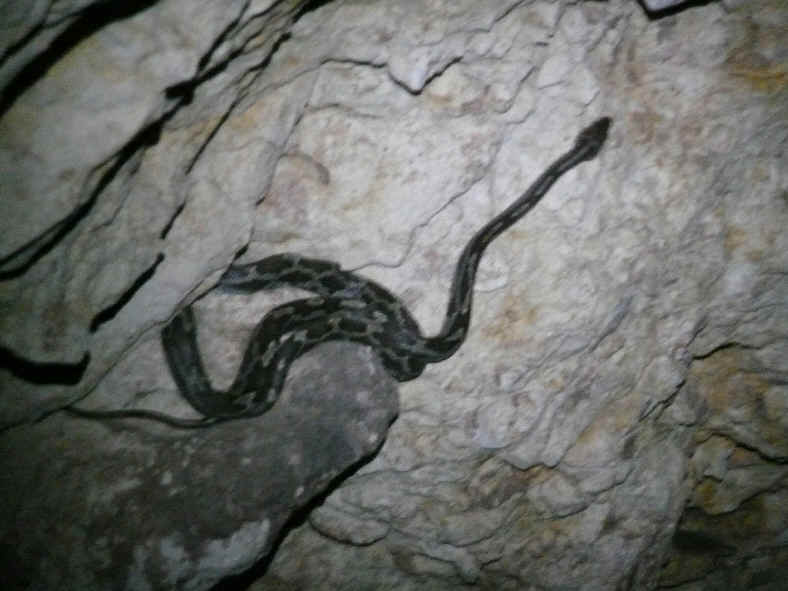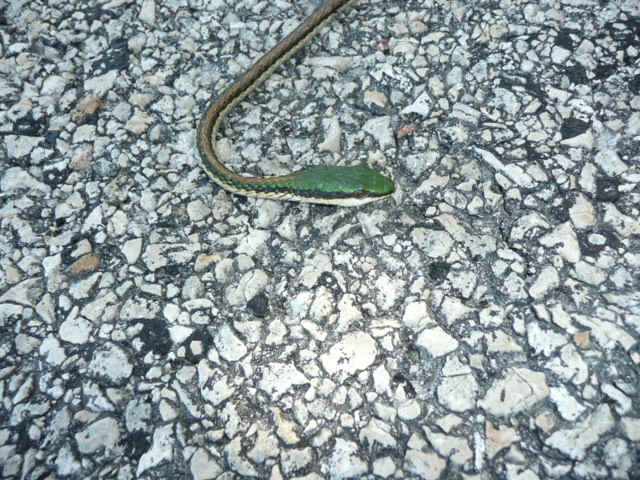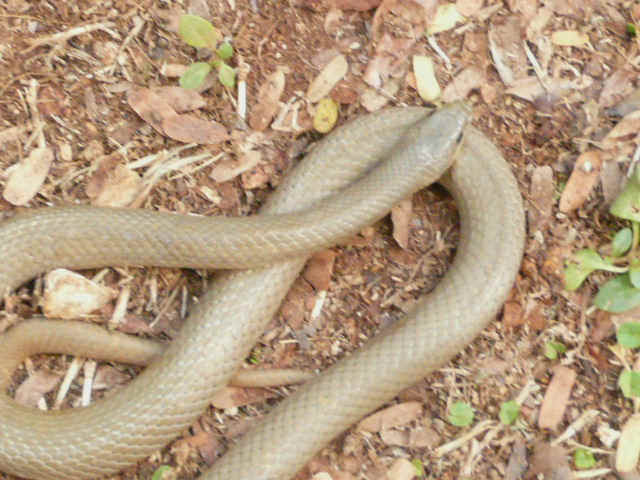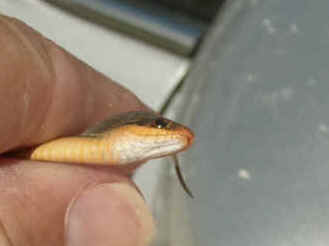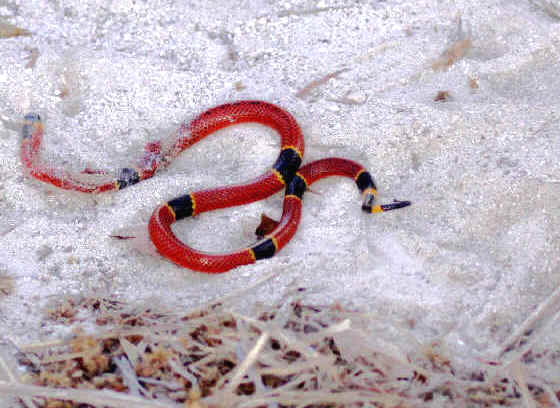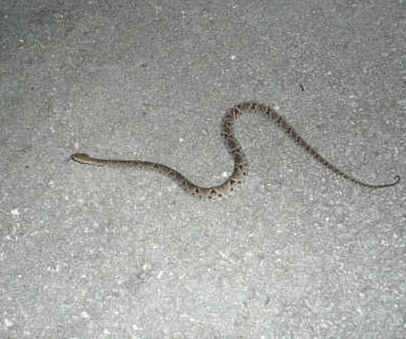
E-mail: font@focusonnature.com
Phone: Toll-free in USA 1-888-721-3555
or 302/529-1876
 |
PO Box 9021,
Wilmington, DE 19809, USA E-mail: font@focusonnature.com Phone: Toll-free in USA 1-888-721-3555 or 302/529-1876 |
 Amphibians
and Reptiles
Amphibians
and Reptiles
of Guatemala
and Belize
Noting those found during
Focus On Nature Tours
with an (*)
including:
Salamanders
Toads & Frogs (seen or heard),
Turtles
Lizards
Snakes
A list compiled by Armas Hill
UPPER RIGHT PHOTO: MORELET'S CROCODILE
photographed during a FONT tour in Guatemala
Codes:
BZ -
in Belize
GU - in
Guatemala
(PT)- in the Peten region of northern Guatemala
Threatened species, designated in the IUCN Red Data
List
(t1): critically endangered (some possibly
extinct)
(t2): endangered
(t3): vulnerable
(nt): a near-threatened species
(ph): species with a photo in the FONT
website
(xcd): recording on the CD
"Vocalizations of Frogs & Toads from the Barro Colorado Nature
Monument, Soberania National Park and adjacent areas" (in central Panama),
by Roberto Ibanez D., A. Stanley Rand, Michael J. Ryan, & Cesar A,
Jaramillo.
The "x" refers to the number noted below of the numerical position on
the CD.
A fine
book, "Jungle of the Maya" has recently been published (in 2006) by
the University of Texas Press. In it, there some very good photographs of
wildlife in Belize, and in nearby Guatemala & Mexico. In the following
lists, pages in that book with photos of particular species are referred to with
a (p. xx)
Links within this List:
AMPHIBIANS: Caecilians
Salamanders Frogs & Toads
REPTILES:
Turtles Crocodiles
Geckos Basilisks
Iguanas
Spiny Lizards
Anoles Skinks
Whip-tailed Lizards Snakes
Other Links:
Upcoming
FONT Birding & Nature Tours in Central America & Mexico
A List of Guatemala Birds A List of Belize Birds
Mammals during FONT tours in Guatemala (with some photos)
Marine Life, including that of the Coral Reef, in Belize & Mexico
A List of Central American Butterflies & Moths, in 6 parts (with some photos)
Directory of Photos in this Website, in this list & others
![]()
AMPHIBIANS:
CAECILIANS:
Family CAECILIAIDAE
Genus GYMNOPIS
